

- www.medievalists.net Medieval Ghost Stories: The Chilling Haunts of Byland Abbey - Medievalists.net
What would you do if a ghost blocked your path, or if a spirit appeared at your door, desperate for absolution? For the people of medieval England, these weren’t mere tales to spook children—they were real encounters that offered lessons about life, death, and the afterlife. Byland Abbey, a Cisterci...
Ghosts in Medieval Beliefs
Belief in ghosts was deeply rooted in the medieval imagination. Throughout the Middle Ages, countless references to restless spirits can be found in manuscripts and folklore. These spectres were often thought to have specific reasons for their appearance, most commonly to seek assistance from the living. Unlike the malevolent spirits of modern horror tales, medieval ghosts were often portrayed as suffering souls in need of help to reach peace.
- www.scientificamerican.com Ouch! Linguists Find Universal Language for Pain
From “ouch” to “aïe” to “yakayi,” languages across the world exclaim pain using similar-sounding words, hinting at a common origin

Most languages have a word that that serves as interjection for expressing pain. In Mandarin, it’s “ai-yo.” In French, it’s “aïe.” And in several Indigenous Australian languages, it’s “yakayi.” All have sound elements that seem quite similar—and that’s no coincidence, according to a new study in the Journal of the Acoustical Society of America. Researchers found pain interjections are more likely to contain the vowel sound “ah” (written as [a] in the International Phonetic Alphabet, or IPA) and vowel combinations that use it, such as “ow” and “ai.” These findings may point back to the origins of human language itself.
- www.dailystar.co.uk Aliens have a 'non-interference policy' and want to 'avoid humans' claims expert
Danny Sheehan recently told how UFOs have visited every single nuclear weapons facility in the world “several times” but never directly interacted with humans during the visits

Aliens have a "non-interference policy" and want to "avoid humans," an expert has claimed. UFO researcher and historian Richard Dolan made the claim in a video clip posted to his social media pages. The 34-second clip talks about how extraterrestrial beings mainly seem to shy away from directly interacting with humans, as other experts have recently hinted.
- newspaceeconomy.ca Exoplanet Express: How Planets Form Faster Than We Ever Imagined!
The discovery of fast-forming exoplanets has provided new insights into the processes of planetary formation and evolution, challenging long-held assumptions about how planets emerge and develop in…

Understanding Planetary Formation
Planetary formation traditionally follows a gradual process known as core accretion. In this model, dust and gas in a protoplanetary disk surrounding a young star coalesce into planetesimals. Over millions of years, these planetesimals collide and merge, forming larger planetary cores. Once a core reaches a critical mass, it begins to attract a significant envelope of gas, eventually forming a fully-fledged planet.
However, the discovery of fast-forming exoplanets suggests that this timeline may be far more dynamic under certain conditions. Observations of young stellar systems reveal exoplanets forming within tens of thousands to a few hundred thousand years—a fraction of the time previously assumed necessary for planetary development.
-
Late Archaic large-scale fisheries in the wetlands of the pre-Columbian Maya Lowlands
On the basis of the data presented here, we conclude that the wetland features our team has investigated in the CTWS were initially constructed by Late Archaic hunter-gatherer-fisher groups and continued to be used by the Formative Maya. They were designed to channel annual flood waters into source ponds for fish trapping.
The mass harvesting of fish in these wetland-lagoonal environments served as a primary food source capable of supporting sizeable populations and semipermanent residence in the Late Archaic and ultimately fully sedentary pre-Columbian Maya populations by Formative times.
- www.theguardian.com Footprints in Kenya ‘show distant relatives of modern humans coexisted’
Researchers say fossilised marks were apparently made in same place within days of each other about 1.5m years ago
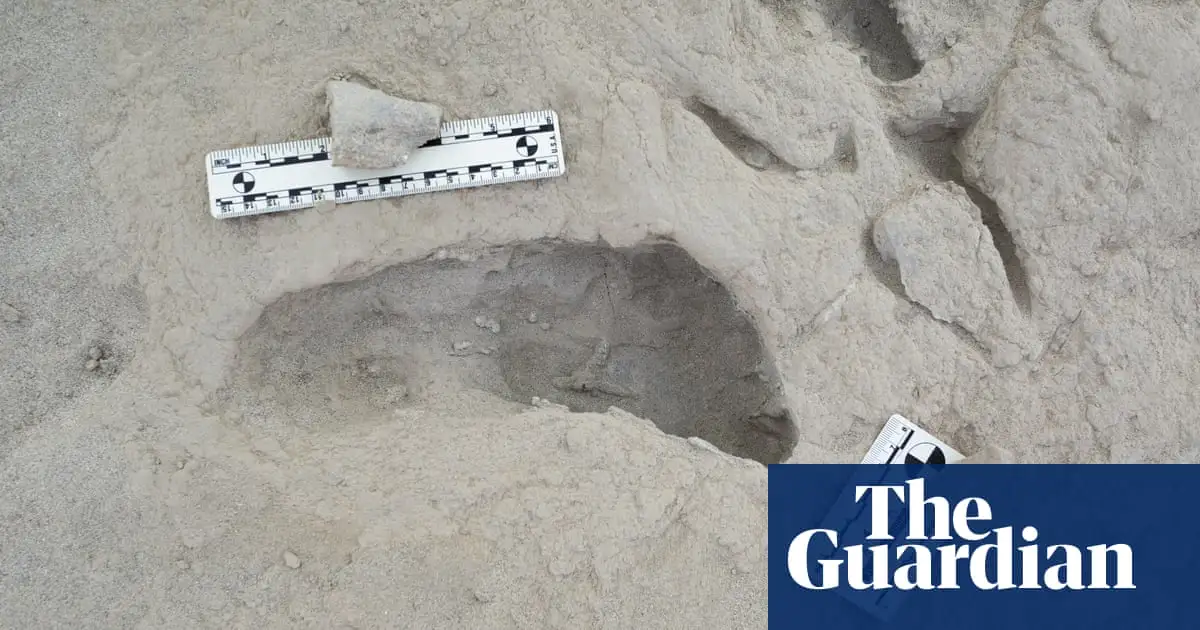
About 1.5m years ago a big-toothed cousin of prehistoric humans walked quickly along a lakeside in Kenya, footprints marking the muddy ground. But they were not our only ancestor on the scene: treading the same ground was the early human Homo erectus.
Researchers say an analysis of fossilised footprints discovered in deposits of the Turkana Basin, northern Kenya, suggest the marks were made by two different species on the human family tree who were in the same place within hours or days of each other.
- www.nature.com Fossilized poo and vomit show how dinosaurs rose to rule Earth
Analysis of 200-million-year-old digested foods reveals how the animals became dominant.
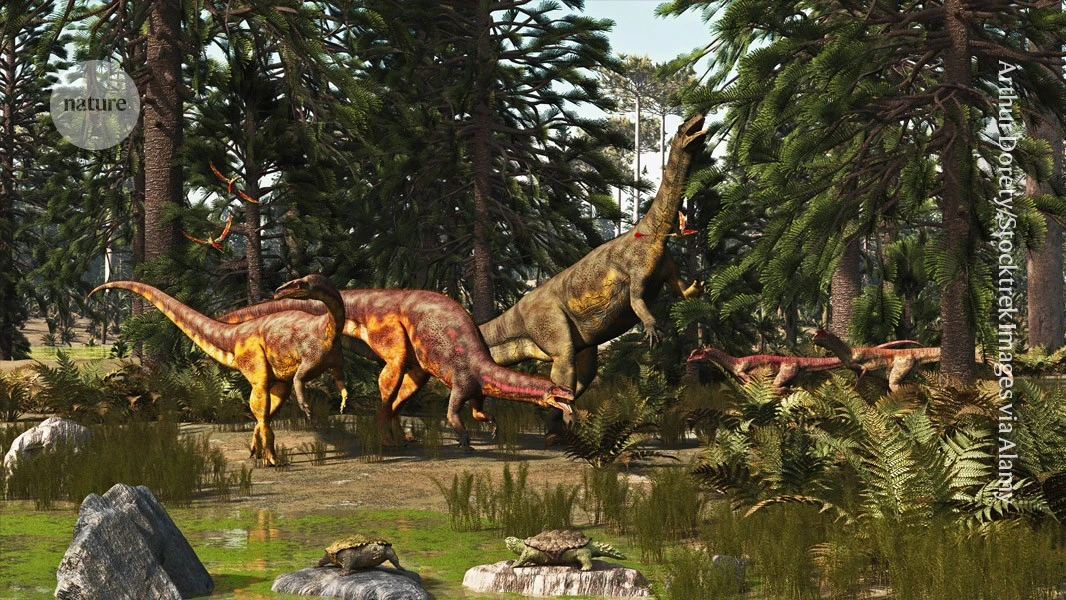
Faeces and vomit fossils from dinosaurs reveal how the animals evolved to rule Earth. The study, which was published in Nature on 27 November, analysed hundreds of pieces of fossilized digestive material, called bromalites, to reconstruct what dinosaurs ate and how this changed1. The fossils reveal that the rise of the dinosaurs, over millions of years during the Triassic period, was influenced by factors including climate change and other species’ extinction.
“Our study shows that you can use pretty seemingly unremarkable fossils to get pretty remarkable results,” says co-author Martin Qvarnström, who studies early dinosaur evolution at Uppsala University in Sweden.
-
Were the Templars a Secret Cult?
www.medievalists.net Were the Templars a Secret Cult? - Medievalists.netWere the Templars truly secretive satanic worshippers, or is that just a myth perpetuated by conspiracy theories? Dive into the surprising evidence that reveals how this famed medieval order was far more open and integrated into society than legend suggests.

At the risk of appearing overly literal, it is perhaps worth stating the obvious – that a secret satanic cult requires, above all else… secrecy.
But the Templars were never an enclosed order, secretive and shut off from society as a whole. Even as third-party witnesses condemned the Templars for being secretive, the context of their testimony often made it clear that the order was well integrated within most echelons of society. Witness statements demonstrated that outsiders were regularly invited into Templar houses and chapels, and that the brothers were happy to chat, gossip or to engage in business just like other men of their class.
Testimonies at the trials demonstrate that, far from being secretive, the Templars were in close contact with other parts of society and led a far more sociable existence than one might expect from monks.
-
Drones spotted in UK could be from foreign adversaries:
YouTube Video
Click to view this content.
*Ross Coulthart; Morning in America *
Drones detected near 3 US bases in England last week: Air Force
-
UFO expert says aliens ‘weren’t involved’ in famous Rendlesham Forest incident
Britain’s most well-known UFO sighting may have been caused by a bout of electromagnetic-fuelled psychosis, a top researcher has claimed.
The Rendlesham Forest incident, where members of the US Air Force stationed at RAF Bentwaters and RAF Woodbridge in Suffolk, England, reported seeing unexplained lights and a craft in the forest in December 1980, has left people puzzled for decades over what the cause of the lights could have been.
- phys.org Q&A: Mass education was designed to quash critical thinking, argues researcher
Education should promote deep inquiry and individual autonomy, but often, it has been used as a vehicle for indoctrination. That's what Agustina S. Paglayan, a UC San Diego assistant professor of political science in the School of Social Sciences and the School of Global Policy and Strategy, argues ...

In the book, you argue that elites introduced mass education as a way to control and discipline lower-class children. How was this done, and why was it seen as necessary?
Mass education was really crafted as a clever system to instill obedience to the state and its laws. Schools used rewards and punishments to enforce rules, moral education dominated the curriculum and even basic reading and writing exercises taught compliance, like when students were asked to spell words like "duty" and "order."
School routines—following schedules, marching in lines, asking permission—all reinforced discipline. The entire system, from teacher training to school inspections, aimed to create citizens who wouldn't question authority or disrupt the status quo.
Governments saw schools as essential to maintaining internal security, viewing primary education less as a means to reduce poverty or promote industrialization than as a way to prevent social disorder.
-
A huge landslide on the bottom of the Baltic Sea may have resulted in a tsunami. As part of a new project, researchers will try to uncover what could have happened 8,000 years ago, and whether it could happen again.
“When we studied sediment from the seabed off Blekinge we noticed anomalies. The sediment is like a history book, but the pages here are in completely the wrong order. Different types of layers are mixed up, and the order we were expecting to find them in simply doesn’t exist. The question we want to answer is whether this is due to a tsunami,” says Elinor Andrén, professor of environmental science at Södertörn University.
“The hypothesis we will test is that around 8,000 years ago, a submarine landslide caused a tsunami that affected the coastal areas of the southern Baltic Sea. This theory is not really far-fetched, as a similar event occurred off the coast of Norway. The area’s bedrock also has weaknesses that may cause earthquakes, which can lead to landslides. Something must have caused the landslide on the seabed."
- theconversation.com The whole story of human evolution – from ancient apes via Lucy to us – in one long read
Our understanding of human ancestry has changed dramatically since the discovery of Lucy the ancient hominin 50 years ago. Here is the history of humanity as we know it today.

In pursuit of knowledge, the evolution of humanity ranks with the origins of life and the universe. And yet, except when an exciting find hits the headlines, palaeoanthropology and its related fields have gained far less scientific support and funding – particularly for scientists and institutions based in the African countries where so many landmark discoveries have occurred.
- omniletters.com The Ryugu asteroid sample was colonized by terrestrial life
Researchers have discovered that a sample of the asteroid Ryugu has been colonized by terrestrial microorganisms, even under contamination control.

Researchers found that a sample of the asteroid Ryugu was rapidly colonized by terrestrial microorganisms, even under strict contamination control measures.
To ensure minimal contamination, the sample was transported to Earth in a hermetically sealed chamber and opened in a nitrogen-filled class 10,000 clean room. Each particle was carefully handled with sterilized tools and stored in airtight containers under nitrogen. Prior to analysis, the sample underwent Nano-X-ray computed tomography and was embedded in an epoxy resin block for further investigation using scanning electron microscopy.
Organic rods and filaments, interpreted as filamentous microorganisms, were identified on the surface of the Ryugu sample. These structures displayed variations in size and morphology that closely resembled known terrestrial microbes. Interestingly, their abundance fluctuated over time, suggesting the growth and decline of a prokaryotic population with an estimated generation time of 5.2 days.
Population analysis revealed that these microorganisms likely resulted from terrestrial contamination during the sample preparation process, rather than being native to the asteroid. This finding underscores the challenges of distinguishing between Earth-based contaminants and potential extraterrestrial life forms in such studies.
- theconversation.com Their DNA survives in diverse populations across the world – but who were the Denisovans?
The discovery of a finger bone in a cave in Siberia some 15 years ago kicked off a race to unravel the mysteries of an entirely new group of humanoids.
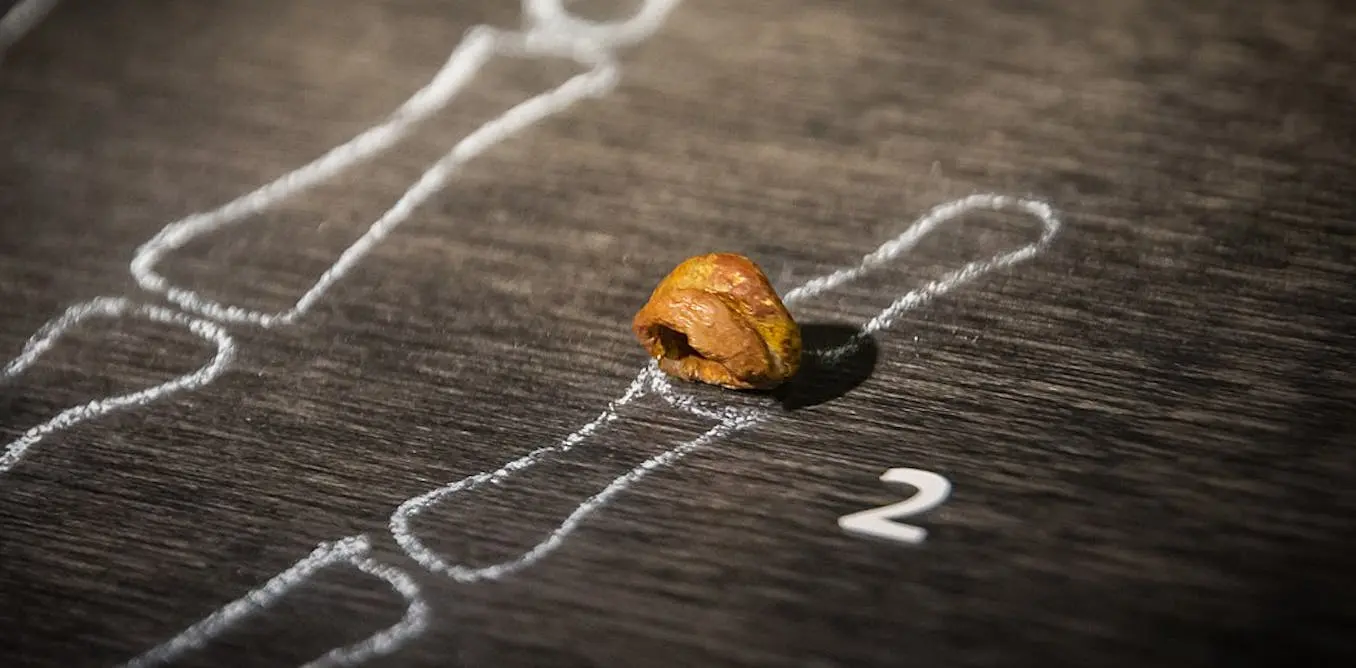
Their DNA survives in diverse populations across the world – but who were the Denisovans?
It started with a finger bone found in a cave in the Altai mountains in Siberia in the late 2000s. Thanks to advances in DNA analysis, this was all that was required for scientists to be able to identify an entirely new group of hominins, meaning upright primates on the same evolutionary branch as humans.
So who were the Denisovans, where did they live, and why are they important to the story of humanity?
Around 600,000 years ago, early humans in Africa diverged into groups. Some migrated out of Africa, becoming Neanderthals in eastern and western Eurasia and Denisovans in eastern Eurasia.
- arstechnica.com Licking this “lollipop” will let you taste virtual flavors
It produces nine flavors: Sugar, salt, citric acid, cherry, passion fruit, green tea, milk, durian, and grapefruit.

It produces nine flavors: Sugar, salt, citric acid, cherry, passion fruit, green tea, milk, durian, and grapefruit.
Virtual reality (VR) technology has long sought to incorporate the human senses into virtual and mixed-reality environments. In addition to sight and sound, researchers have been trying to add the sensation of human touch and smell via various user interfaces, as well as taste. But the latter has proved to be quite challenging. A team of Hong Kong scientists has now developed a handheld user interface shaped like a lollipop capable of re-creating several different flavors in a virtual environment.....
Many people suffer from "gustatory disorders," per the authors, but the current tests for such conditions are highly subjective and are time-consuming to prepare, since it requires a series of solutions of varying concentrations for all five basic flavors. The lollipop device could be adapted for such a test, in which users could lick the device and provide feedback about what they taste by clicking on the relevant button on a corresponding GUI.
Another potential use is immersive online shopping in virtual grocery stores. Users could touch a specific virtual food and be able to taste that item. The device could also prove useful in a mixed-reality educational environment, such as a parent helping their child explore the flavors of different foods.
- theconversation.com Fallen ancient civilizations show us why we must not ignore climate warnings
Archaeology teaches us that we are not immune to extinction.
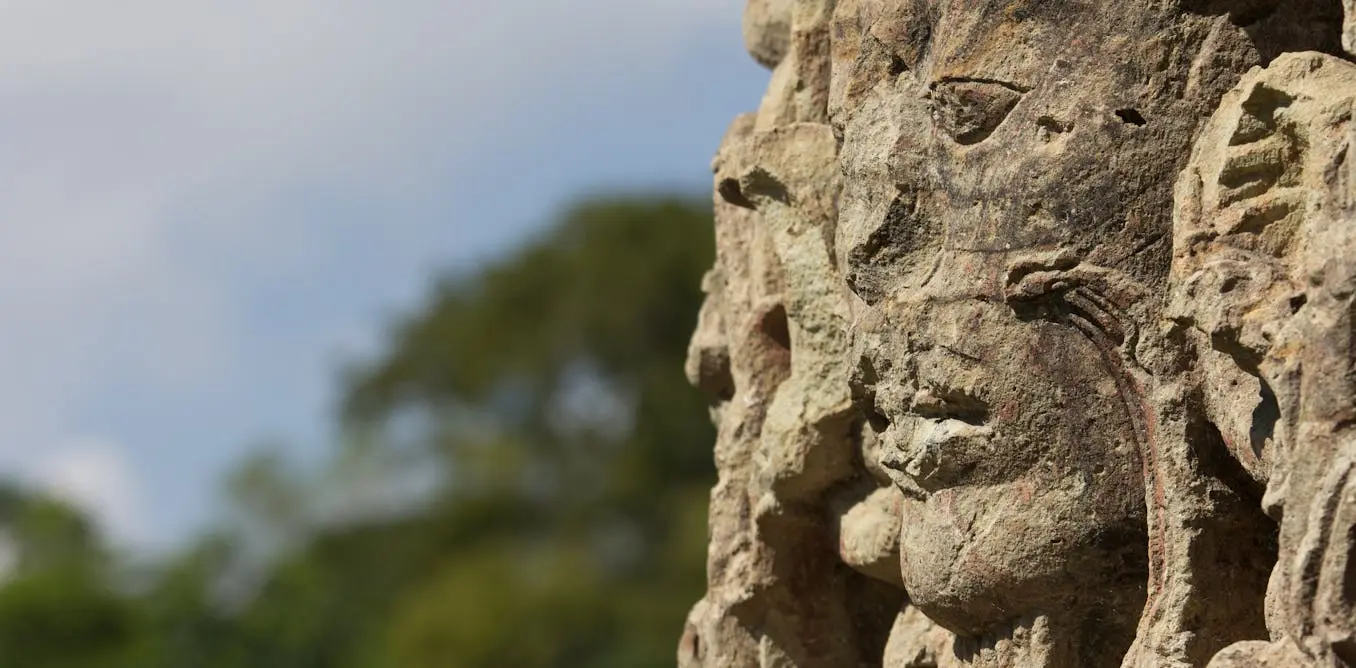
We’re not immune to extinction
No people in the civilisations I have studied during my career as an archaeologist expected to become a forgotten footnote of history. Their societies were thriving and people were enjoying life. And then they weren’t.
Something happened that eradicated their cultures, buried their temples, and brought down their walls. Now, their mortal remains are the vestigial remnants of once-great nations.
The institutions of their government, and the increasing threats – be they climatic, military, economic or political – gave warnings that the paths of their nations were not sustainable. Yet, they failed to react in a timely manner.
Archaeology teaches us that we are not immune to extinction. We have evolved to anticipate and respond to changes and threats in our environment, and the evolution of science best represents this survival skill.
Yet, our political, ideological and economic systems adapt to different forces focused on individual success and profit. This is often in complete contradiction to the ardent remonstrations of the scientific community.
- www.universetoday.com China Tests a Reusable Inflatable Module in Space
Inflatable space modules are not a new concept, NASA have been exploring the possibility since the 1960’s. The Chinese Space Agency is now getting in on the act and is testing its new inflatable module which is part of its Shijian-19 satellite launch. To get it into orbit the capsule was compressed ...
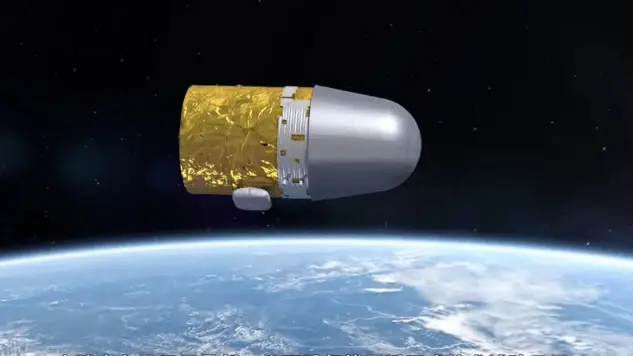
Inflatable space modules are not a new concept, NASA have been exploring the possibility since the 1960’s. The Chinese Space Agency is now getting in on the act and is testing its new inflatable module which is part of its Shijian-19 satellite launch. To get it into orbit the capsule was compressed and folded and then inflated once in orbit. Following completion of the tests, it re-entered the atmosphere, landing in the Gobi Desert on 10th October. The goal is for this to be used to extend its space station in the same way NASA have been exploring expansion of ISS.
The idea of inflatable space capsules offers a lightweight solution which simplifies the launch process. Their development began back in the 1960’s but real progress was seen with projects like TransHub that looked at new advanced materials. Even though TransHub was cancelled it was a precursor to ventures like the Bigelow Aerospace module known as BEAM. It was tested in 2016 on the ISS and proved the concept could work making them an invaluable part of the future of space exploration.
-
Near death experiences can be profound and even life changing. People describe seeing bright lights, staring into the abyss, or meeting dead relatives. Many believe these experiences to be proof of an afterlife. But now, scientists are studying these strange events and gaining insights into the brain and consciousness itself. Will we uncover the scientific underpinning of these near-death events?
- www.nature.com Unveiling the culinary tradition of ‘focaccia’ in Late Neolithic Mesopotamia by way of the integration of use-wear, phytolith & organic-residue analyses | Scientific Reports
Recent studies suggest that in Upper Mesopotamia during the Late Neolithic period, specifically between 6400 and 5900 BCE, simple cereal flour doughs were baked in domed ovens using ceramic pans, commonly known as husking trays. Adopting an integrated approach that investigates various types of evid...
Recent studies suggest that in Upper Mesopotamia during the Late Neolithic period, specifically between 6400 and 5900 BCE, simple cereal flour doughs were baked in domed ovens using ceramic pans, commonly known as husking trays.
Analysis of a sample of 13 sherds belonging to these trays from Mezraa Teleilat, Akarçay Tepe, and Tell Sabi Abyad provides evidence that a limited number of them could have been used to bake ‘focaccia’-like products with ingredients such as lard or oil.